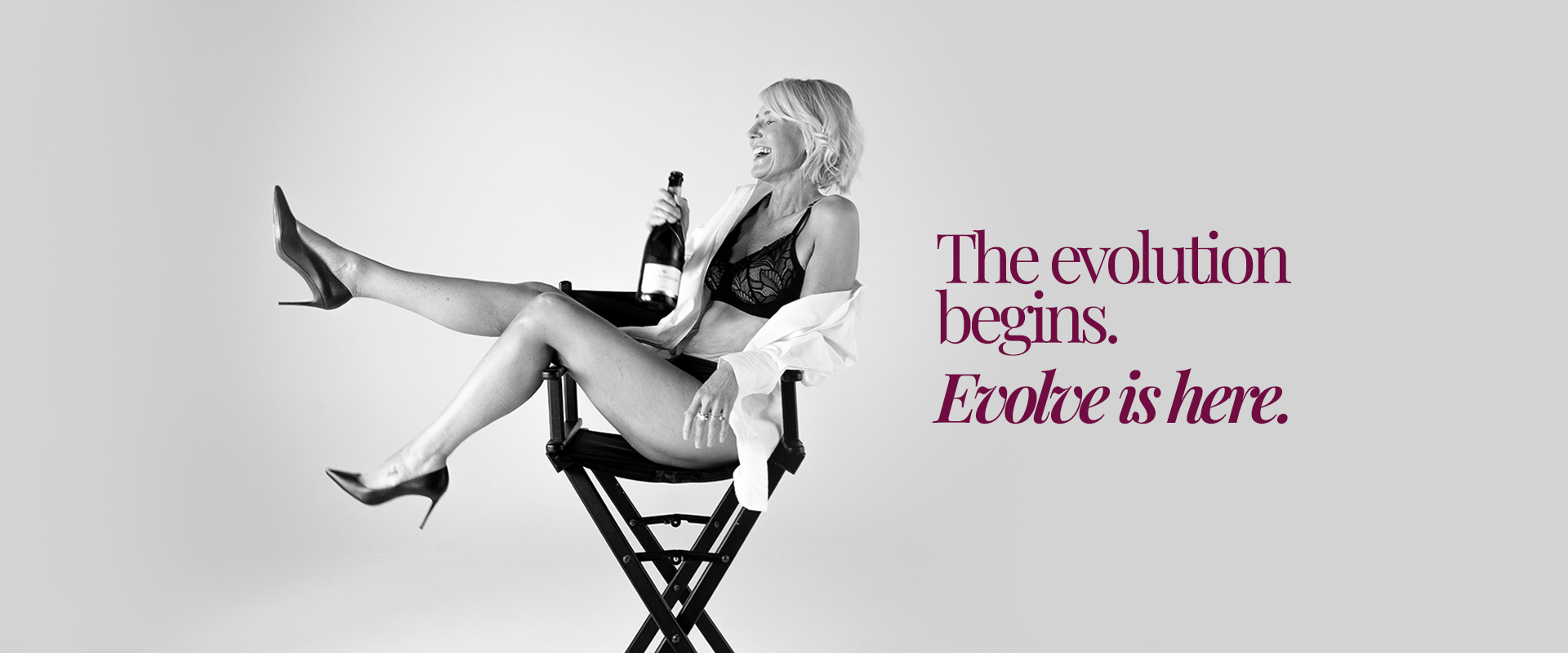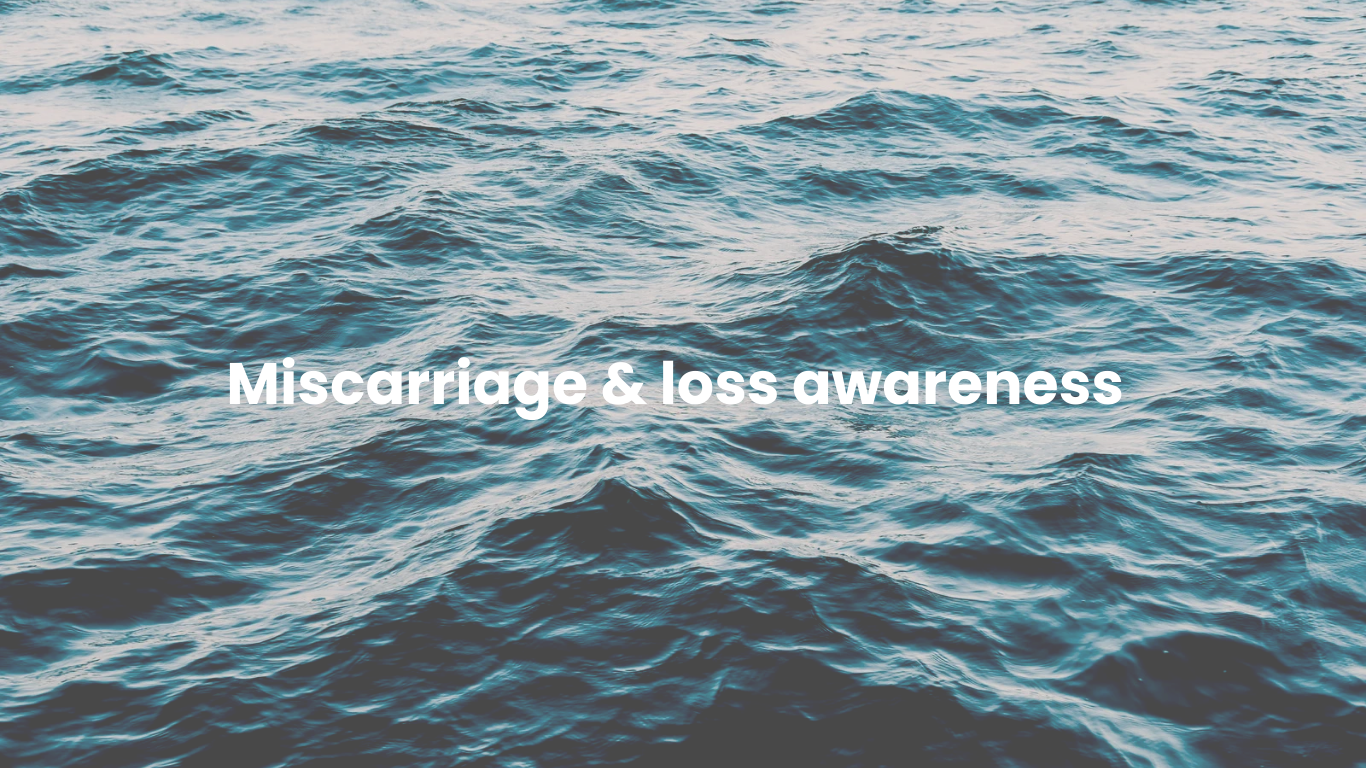Prior to having a baby, you probably hadn’t thought about ‘planning’ for your baby’s sleep regressions/progressions.
Word on the street says you should freak out at the thought of a sleep regression but this blog illustrates why sleep regressions don’t have to be overwhelming.
There are 5 major sleep regressions that occur in the first 2 years of your baby’s life. Let’s take a look at each of these individually and what your baby needs during each sleep regression and developmental stage, beginning at 4 months right through to 2 years.
What is a sleep regression?
A sleep regression is a period of rapid growth and development for your baby and can be impacted by leaps in physical, cognitive and emotional changes.
During this time, sleep can be temporarily negatively impacted as a baby’s brain and body struggles to “switch off” with everything new happening in their world, both on the inside and outside around them.
How long does a sleep regression last?
Typically, a sleep regression will last 2-4 weeks. My best tip is to approach regressions with a plan and a quiet confidence that your baby’s sleep will return to normal. Patience and consistency will also play an important role in each regression passing in a shorter timeframe together with a strong sleep foundation still in tact.
Let’s take a look at the five sleep regressions from 4 months - 2 years.
4 MONTHS
At 3-5 months of age your baby experiences their first and only permanent neurological change in sleep cycles. They move away from the newborn phase of sleep to more adult-like sleep cycles. This move away from newborn sleep begins the transition from what was previously experienced up to 6-8 hourly sleep cycles down to 2-4 hourly. These short sleep cycles overnight mean your baby begins to surface between sleep cycles more frequently and become aware of their surroundings resulting in more frequent night waking and a deterioration in sleep.
Physical Development – Expect discovering their hands, putting everything into their mouth, beginning to roll and transitioning from swaddle to arms-free sleeping bag.
Cognitive Development –Your baby will be discovering their vocal cords, blowing big and loud raspberries.
Being Proactive – Beginning to lay the foundations of self-settling skills is important at 4 months as your little one will begin looking to recreate how they fell asleep initially. Now is a good time to review any external sleep associations such as feeding, rocking, holding and even a dummy.
These are not "bad" or "wrong" sleep associations but rather, we can use this time to become mindful of providing more than one tool in our baby’s settling tool kit to get them to sleep. Doing this also allows babies to transition sleep cycles in a manner that is less reliant on parent-controlled associations which will greatly assist in long-term healthy sleep foundations.
Expert Tip: If you have a catnapper who loves short day sleeps try an earlier bedtime which can assist with this. This is where being aware of age appropriate awake times can be helpful to guide daily sleep structure. You can download my nap routines from 6 weeks through to 4 years HERE
9 MONTHS
Between 8-10 months of age your baby will experience their second sleep regression. This one is known as object permanence AKA separation anxiety and causes difficulties when it comes to separating from you at sleep times.
Physical Development -At 9 months your little one is reaching more physical milestones such as sitting, crawling and pulling to stand.
Cognitive Development – You’ll notice babbling and hand-eye coordination with actions like clapping and stacking.
Emotional Development – The emergence of ‘object permanence’ - aka separation anxiety. “You and I are two separate people Mum!”
Being Proactive - Encourage lots of practice and floor time as your baby begins to master their new skills. Now is also the time to keep an eye on awake times which can be harder to identify once your baby is on the move. This is where I recommend a time based routine on two naps rather than awake times to ensure you don’t pull the day too far forward.
Stay consistent with your wind down routines to cue sleep is on the approach. Nobody likes surprises, including your baby. If your little one is busy exploring their world and then unexpectedly finds themselves swooped up and taken to bed there will be some serious FOMO and you’ll be the first to know about it.
Expert Tip: When dealing with a little one who’s experiencing separation anxiety, try playing games like hide and seek or peek a boo. These games are great at helping little ones grasp the concept that gone doesn't mean forever.
12 MONTHS
The one year milestone can be a time of big transitions with many parents returning to work at this time or if your little one is already in care they may be moving rooms at childcare.
Physical Development – The 12-month mark comes with more exciting physical milestones like furniture cruising and their first independent steps.
Cognitive Development - Single words are being said and your little one begins to follow simple commands.
Being Proactive - Resist the urge to drop the nap. It’s very common at this point to experience some nap refusal from your baby but this is temporary, so be patient and keep offering a nap. Most babies will eventually transition from two naps to one closer to 15 -18 months.
Expert Tip: If your little one is trying to drop one of their naps you may need to cap the first nap to promote the second.
18 MONTHS
Your toddler is learning their place in the world as well as testing cause and effect from their actions.
Physical Development – Your little one is unstoppable now as they begin running and climbing.
Cognitive Development – It’s a wonderful time as your toddler begins to follow one step instructions and repeating single worlds to make a deeper connection with language.
Emotional Development - Your little one may experience a second wave of separation anxiety.
Being Proactive - Your toddler still needs day sleep but you’ll often receive resistance from them. This correlates with the point above where your little one is curious about cause and effect when it comes to their actions. For example, ‘If I refuse to sleep - what happens’?
Expert Tip: To avoid nap skipping ensure your little one has plenty of active awake time and reduce the opportunity for your toddler to potentially “zone out” and gain a second wind in the lead up to sleep. This can often occur with TV, milk or too long wind down routine.
2 YEARS
Now that you have a 2-year-old, it’s all about body autonomy where they’ll be seeking independence and pushing boundaries. Our role isn’t to constantly say “no”, but to provide the buffer on what is acceptable and what is not when it comes not only to sleep, but also the world around them.
Toddlers can also be quick to form new habits with the "give an inch" take a mile mentality so it’s important to maintain what I like to refer to as “firm but fair boundaries” when it comes to expectations around sleep and keep up a consistent bedtime routine without the addition of #34827 extra requests.
Nap lengths can vary from child to child from 18 months + as their night sleep takes a higher precedence. It will be a time of trial and error to find your little one’s "sweet spot" for nap length (generally between 1-2 hours).
Being Proactive - Don't' drop the nap. Keep the day nap in some form until closer to 2.5-3 years of age and keep the cot until this age too as it provides a physical boundary for your baby.
Expert Tip: Be mindful of screen time throughout the day but especially in the lead up to sleep times. This can often provide toddlers with an opportunity to "zone out" and gain a second wind. Ideally, we wouldn't have screen time in the 3-4 hours prior to bedtime.
Now that you’ve learnt a bit about each sleep regression and what to expect, it's likely become clear that each sleep regression will look slightly different. One thing you can maintain during each sleep regression is consistency and patience to ride out what is generally a short transition. These two ingredients can make all the difference in approaching your baby’s next sleep regression.
Need nap routine assistance? Download my routines from 6 weeks through to 4 years with 35 pages of information. With individual age summaries, different nap structures, milk and solids intake.
With Love,
Kelly
Kelly Martin is a Certified Infant and Child Sleep Consultant and Mother of 3 with a holistic and evidence-based approach to gentle sleep solutions.





